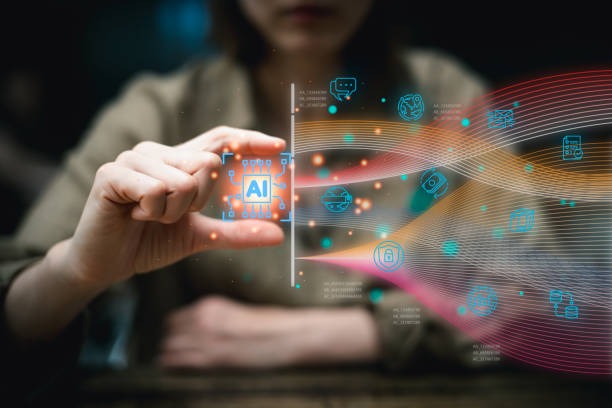In recent years, the intersection of artificial intelligence and art has given rise to a remarkable evolution in digital imagery. The journey from neural sparks to digital art embodies an alchemical transformation where technology meets creativity, producing works that challenge traditional notions of authorship and aesthetics. This fusion of AI and art is not merely a technological advancement but a cultural phenomenon reshaping how we perceive creative expression.
At the heart of this revolution lies machine learning, particularly neural networks. These complex algorithms mimic the human brain’s structure and function, enabling computers to learn patterns and generate content autonomously. Through processes such as deep learning, Image generation AI systems analyze vast datasets of existing artworks, absorbing styles, techniques, and nuances that define various art forms. By doing so, they can create original pieces that echo human artistry yet possess their own distinct characteristics.
One significant milestone in AI-generated imagery is the development of Generative Adversarial Networks (GANs). Introduced by Ian Goodfellow in 2014, GANs consist of two neural networks: a generator and a discriminator working in tandem. The generator creates images from random inputs while the discriminator evaluates them against real-world examples. This adversarial process continues until the generator produces images indistinguishable from those crafted by humans.
The implications for artists are profound. AI tools have become collaborators rather than mere instruments; they inspire new ideas and push boundaries beyond conventional creativity limits. Artists like Refik Anadol utilize AI to transform data into mesmerizing visual experiences that captivate audiences worldwide. His work exemplifies how digital art can evoke emotions akin to traditional mediums while exploring uncharted territories.
Moreover, platforms like DeepArt.io democratize access to artistic creation by allowing anyone with internet connectivity to produce artwork using AI algorithms based on famous styles or personal preferences—bridging gaps between professional artists and enthusiasts alike.
However intriguing this synergy may be, it also raises philosophical questions about originality versus imitation within contemporary culture’s context: Can machines truly “create”? Are these outputs genuine expressions or sophisticated reproductions? Such debates prompt us not only reconsider our definitions surrounding creativity but also explore ethical considerations regarding intellectual property rights when dealing with non-human creators’ contributions toward society’s collective heritage.
As we navigate through this transformative era marked by rapid advancements at intersections between science & humanities disciplines alike – one thing remains certain: From neural sparks igniting imaginations globally today emerges tomorrow’s masterpieces born out collaborative efforts blending human ingenuity alongside cutting-edge technologies shaping future landscapes across diverse fields spanning arts education entertainment industries among others yet unexplored possibilities awaiting discovery ahead!

